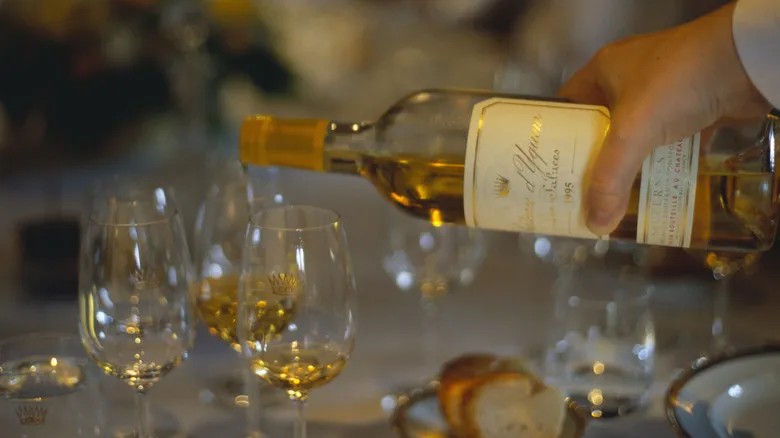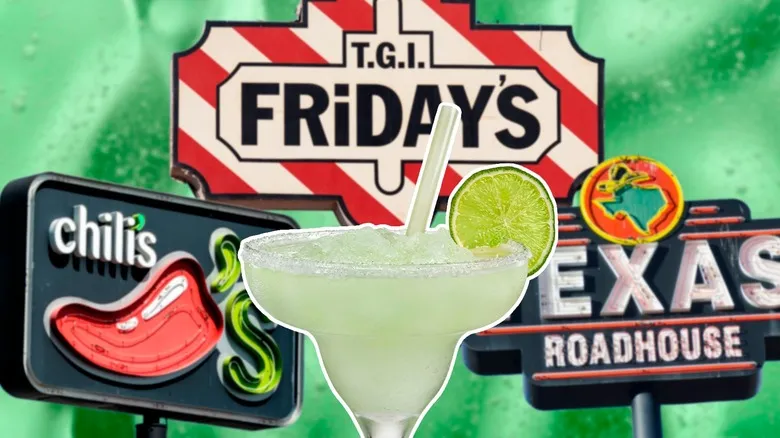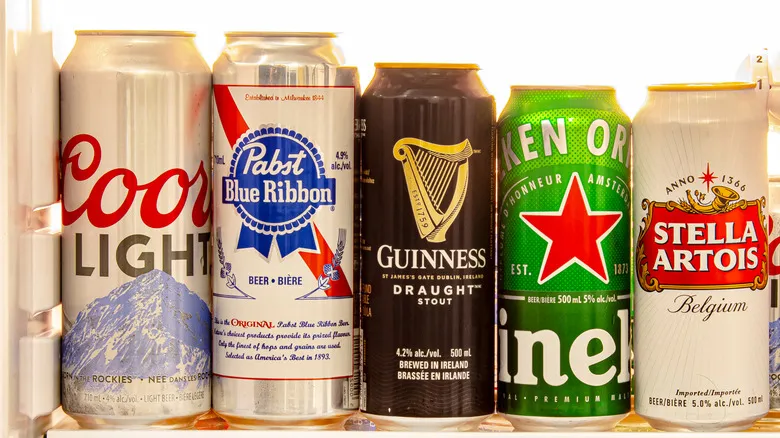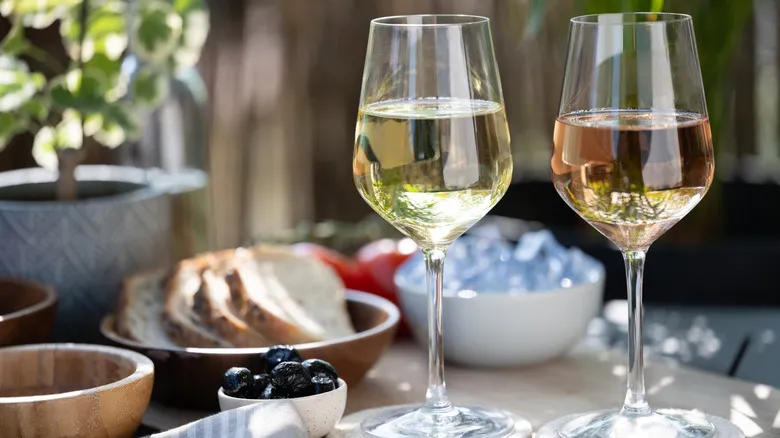Try dessert wines for a truly sweet treat

Understanding grape varieties and their natural sweetness can be quite beneficial, but the winemaking process also plays a crucial role. How can you determine this? Unfortunately, wine bottle labels often lack detailed information, and sugar content is rarely specified. However, if you're shopping at a wine store, you might find technical details about the wine displayed nearby. In that case, check for the sugar content. The sweetest white wines typically have over 30 grams of sugar per liter, while drier varieties contain less than 10 grams per liter. (For reference, Sauternes can have as much as 220 grams of sugar per liter, which explains why it pairs so well with desserts like crème brûlée.)
If you can't find the sugar content, look at the ABV (alcohol by volume) percentage, which is required on all wine labels. Most wines fall between 12.5% and 14.5% ABV. Due to the different methods used in producing sweet white wines, those with a high ABV are often sweet, but even wines with a lower ABV (8% to 12%) can also be sweet. This occurs when the winemaker halts fermentation before all the sugar is converted into alcohol, leaving residual sugar that contributes to the wine's sweetness. Since this sugar hasn't fermented into alcohol, the ABV remains low.
One final tip: In general, lower-priced white wines tend to have higher sugar content. To increase your chances of enjoying a drier wine, opt for a mid- to high-priced selection. Cheers!
Recommended

What's That Stuff At The Bottom Of Your Beer Bottle And Is It Safe To Drink?

Chain Restaurant Margaritas Ranked Worst To Best, According To Customers

How Much Sugar Is In A Single Glass Of Red Wine?

Canned Beer Gets Way Bigger Than Just A Tallboy. What Are The Largest Sizes?
Next up

